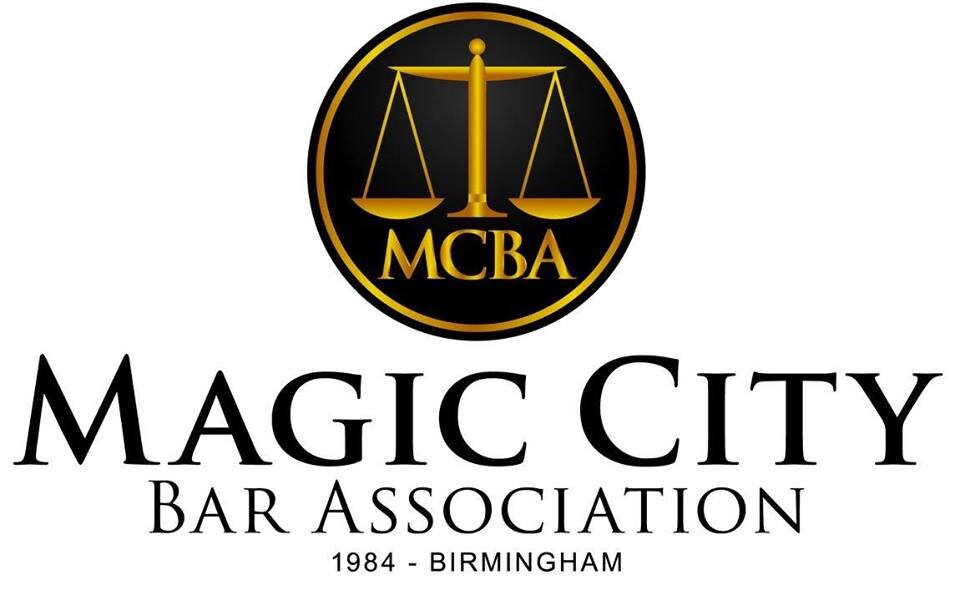Charles Hamilton Houston Legal Study Club
Charles Hamilton Houston is The Man Who Killed Jim Crow and the Father of Civil Rights. He obtained his undergraduate degree from Amherst College, summa cum laude, in 1915. He obtained his law degree, cum laude, in 1922; and his L.L.D. in 1923 both from Harvard Law School. Houston is the lawyer who conceived of and led the legal strategy leading to the end of legalized racial segregation in education in the United States.
Houston was born in 1895. One year after his birth, the United States Supreme Court issued the Plessy v. Ferguson decision. The Plessy decision was issued in 1896 and was a blow to rights that the former slaves.* In Plessy, the United States Supreme Court opinioned that separate facilities for whites and blacks satisfied the Fourteenth Amendment so long as they were equal. Judge Brown wrote that “it could not have been intended to abolish distinctions upon color, or to enforce social as distinguished from political equality, or a commingling of the two races upon terms unsatisfactory to either.” This decision gave license to the postwar South to continue their implementation of Jim Crow legislation. De facto segregation became the law in Southern states with literacy tests, property requirements, poll taxes, lynching, voting changes, voting intimidation and simply outright refusal to allow blacks to vote.
A lawyer is either a social engineer or a parasite on society.
In 1920, Charles Houston took his first step down the road to Brown. He entered Harvard Law School. Houston became the first black editor of the prestigious Harvard Law Review, and one of his professors, future Supreme Court Justice Felix Frankfurter, called him one of the most brilliant students he’d ever taught.
After graduation from law school, Houston undertook a survey of black lawyers. In the entire South he found fewer than 100 black lawyers serving nine million black people. Houston devised the strategy to overturn Plessy as special Director of the National Association of Colored People. Houston wrote in the Journal of Negro Education: “The great work of the Negro lawyer in the next generation must be in the South and the law schools must send their graduates there and stand squarely behind them as they wage their fight for true equality before the law.”
When Houston became Dean of Howard University Law School in 1929, he began forging a cadre of young black lawyers with a zeal for social justice. His team would consist of Oliver Hill, and William Hastie, and future Supreme Court Justice, Thurgood Marshall.
As the NAACP’s Litigation Director, he spotted a weakness in Jim Crow Law; he wrote “…[T]he equal protection clause of the 14th amendment furnishes the key to ending separate schools” and dedicated his life to overturning Supreme Court’s Plessy v. Ferguson (1896) decision and to defeat Jim Crow segregation by demonstrating the inequality in the “separate but equal” doctrine from Plessy.
One of his most famous students, was the Honorable Thurgood Marshall. Although, Houston passed away in 1950, Marshall carried on his legacy and Plessy was overturned in 1954 with the U. S. Supreme Court ruling in Brown v. Board of Education.
* Blacks were brought to the America as African slaves in 1619. Blacks were slaves for 246 years – from 1619 until 1865. After the Civil War was won in 1865, Congress passed the passage of the 13th Amendment (i.e. which abolished slavery); the 14th Amendment (i.e. which provided a definition of citizenship and the Equal Protection Clause); and the 15th Amendment (i.e. which stated that the right of citizens to vote shall not be denied or abridged on the account of race). Despite all these gains for justice and equality for blacks, the United States Supreme Court hands down the Plessy decision.

